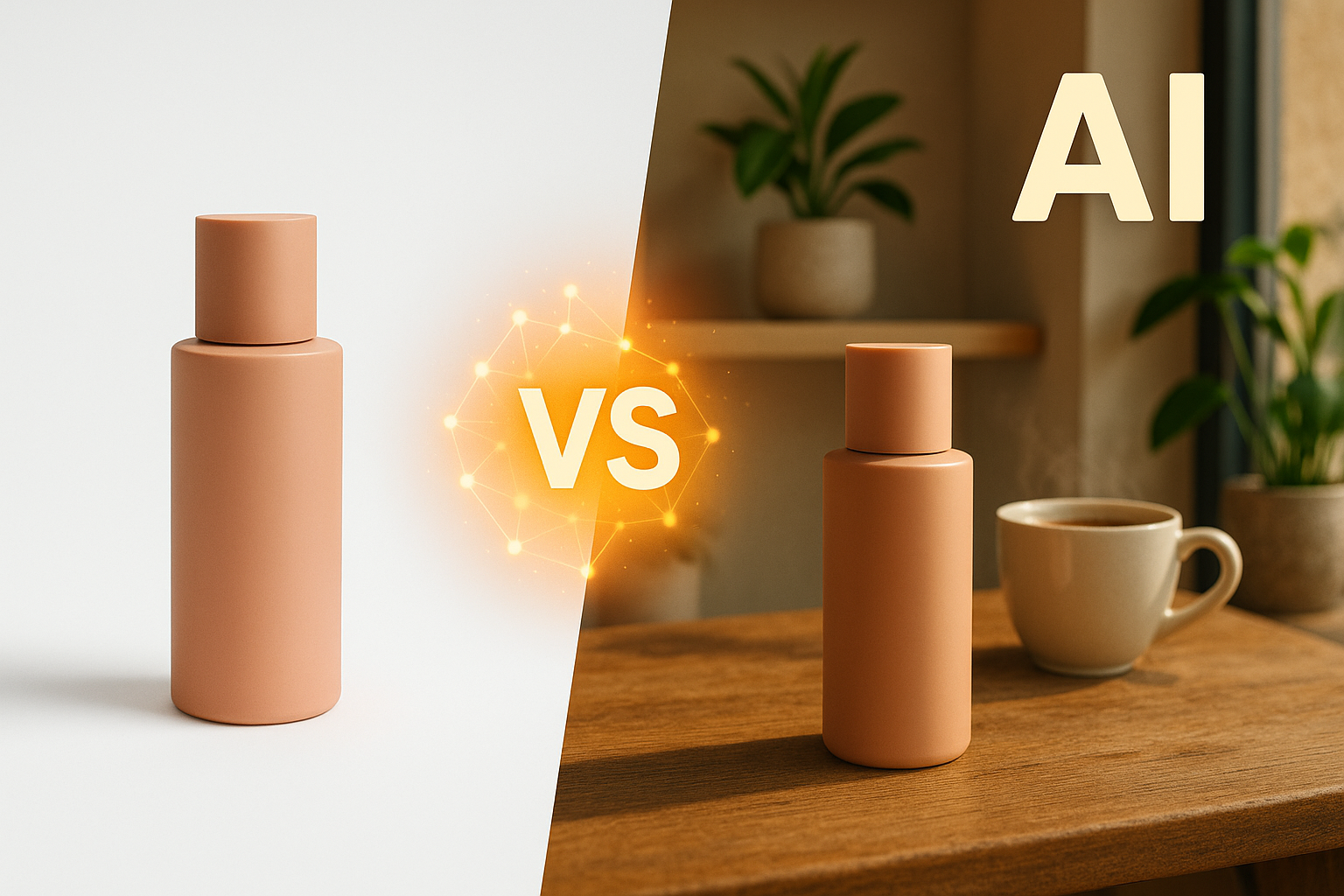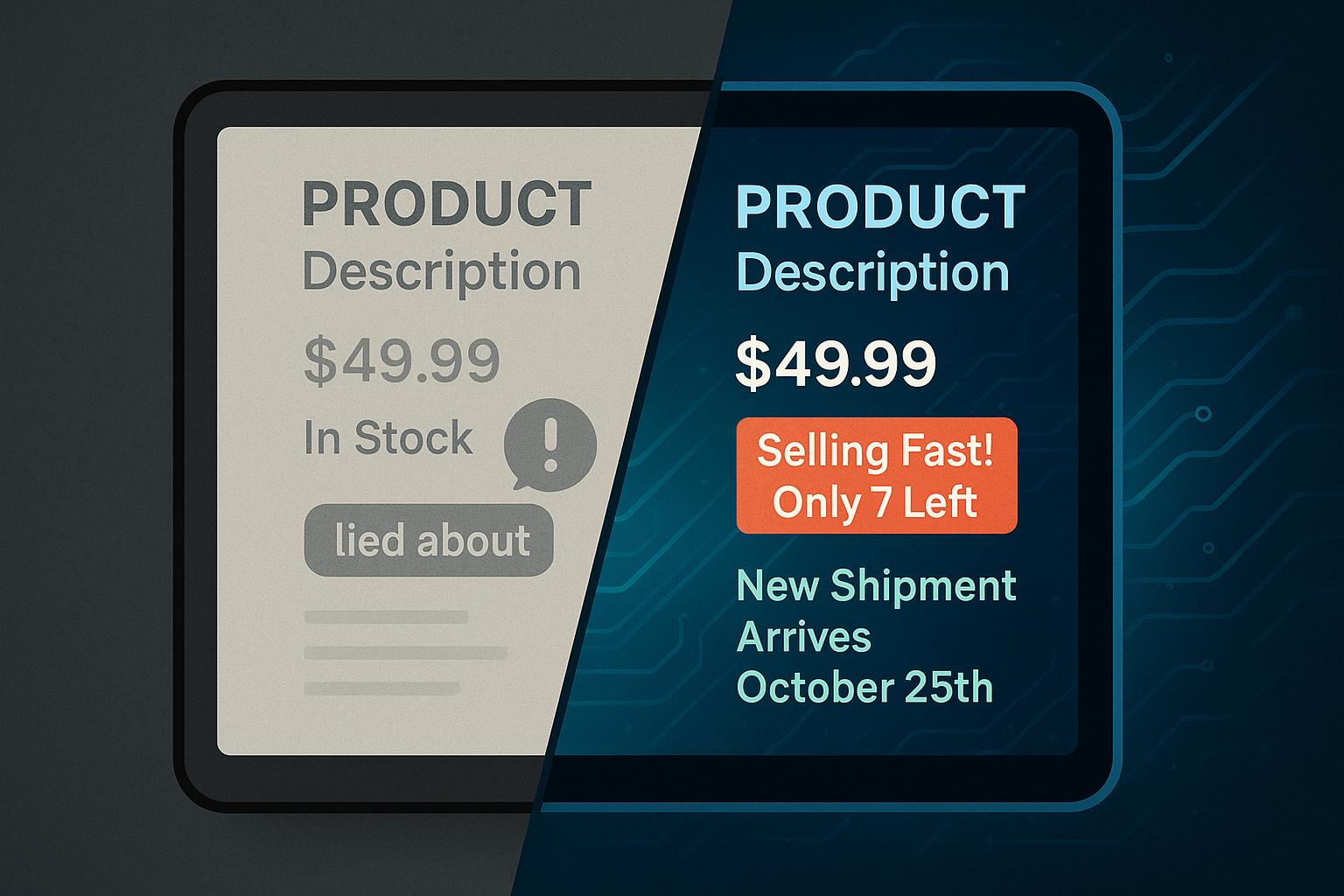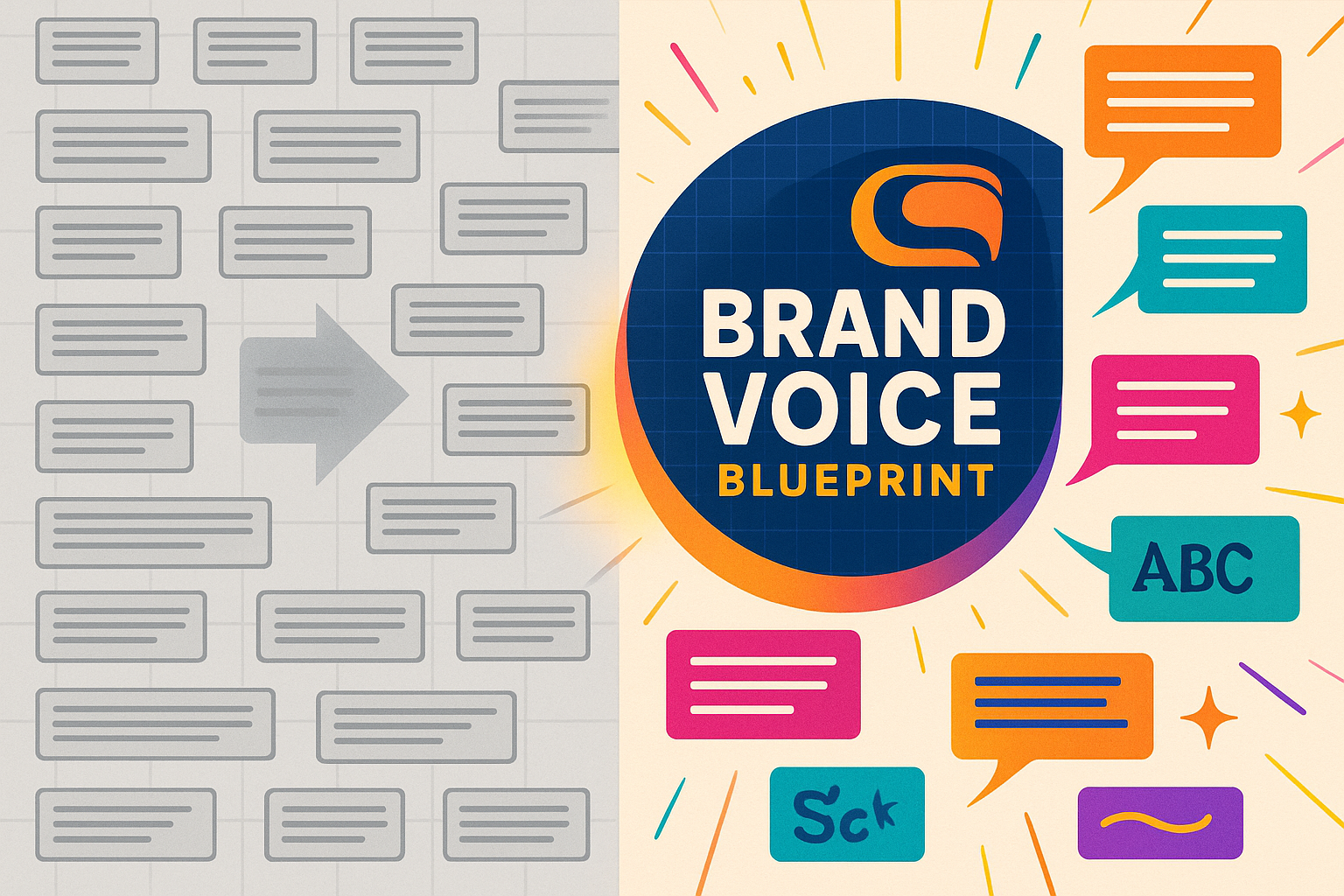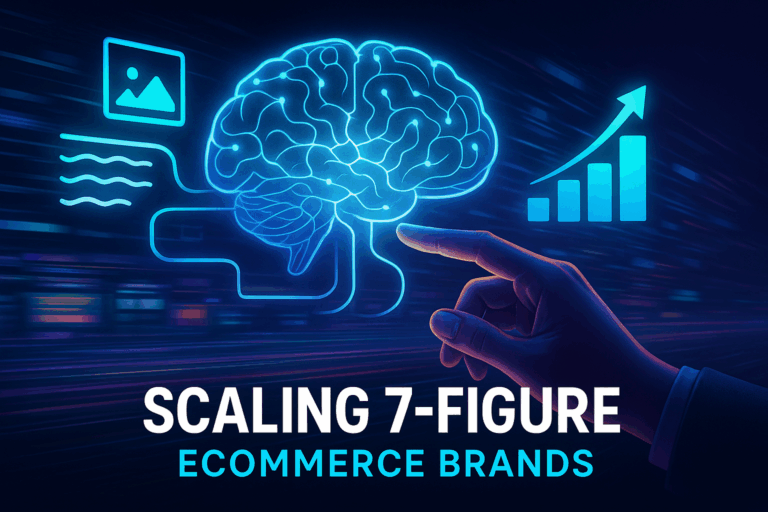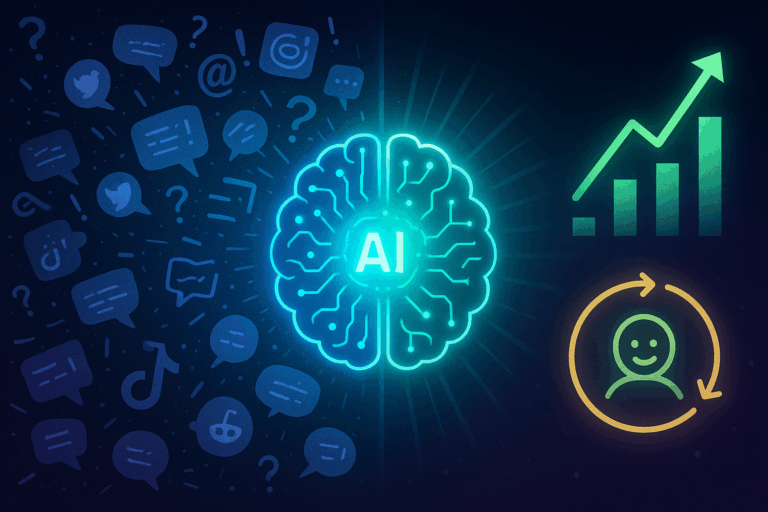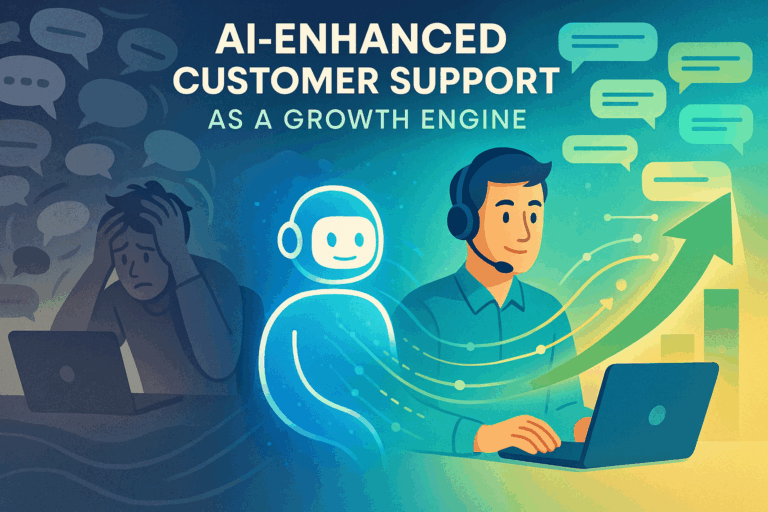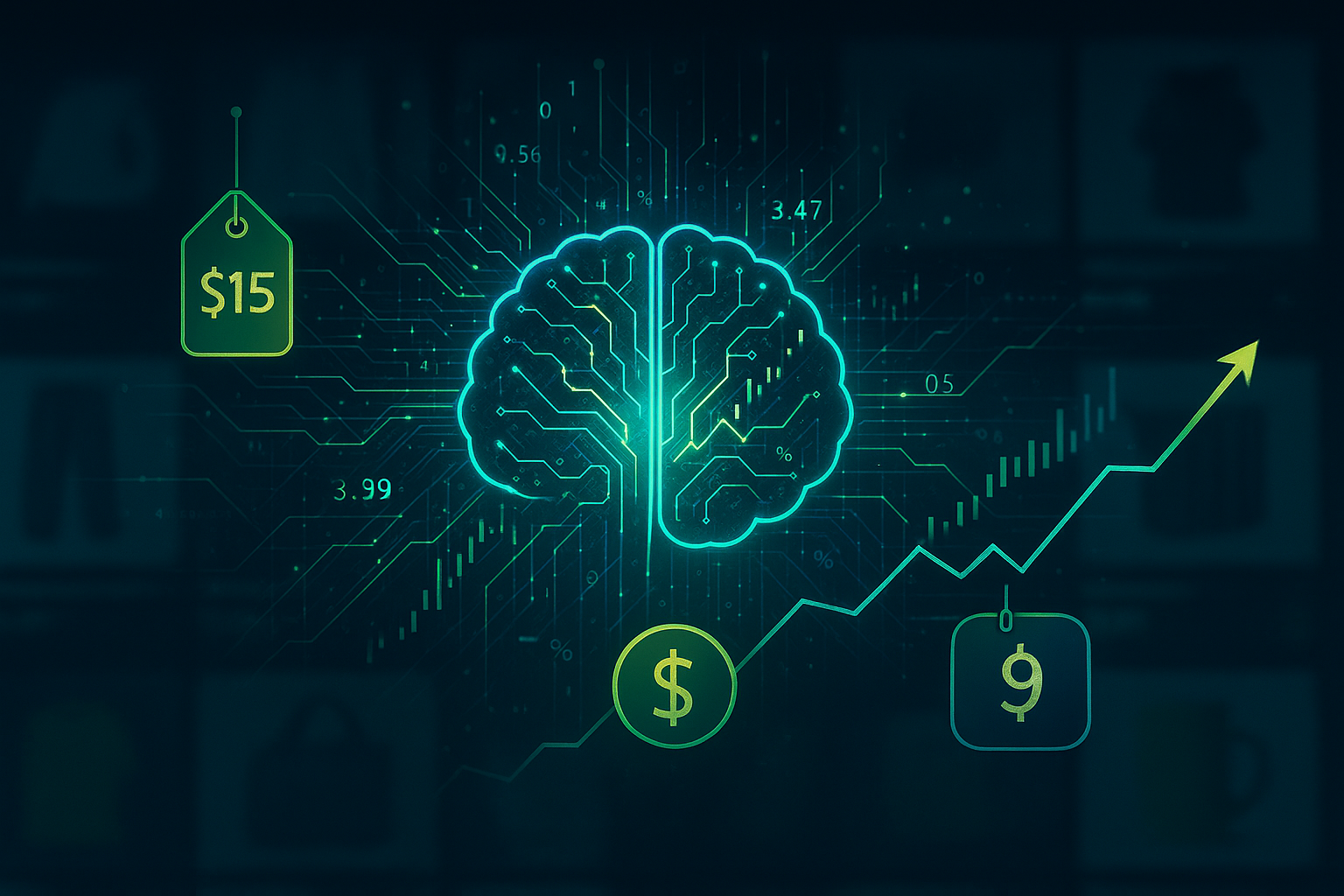That perfect product photoshoot. You know the one. It involves booking a studio, hiring models, coordinating stylists, and spending a small fortune—all to get a handful of lifestyle shots that you’ll use for the next six months. It’s expensive, time-consuming, and locks you into a single aesthetic.
Here’s an insight that’s changing the game for seven-figure eCommerce brands: The biggest limitation on your marketing isn’t your budget; it’s your content library.
What if you could take a single, clean studio shot of your product and instantly place it on a marble countertop in Milan, a rustic wooden table in a cabin, or in the hands of a dozen different customer personas—all in an afternoon?
This isn’t a futuristic fantasy. It’s the practical reality of AI lifestyle image generation, a technology that’s moving from a niche experiment to an essential tool for scaling visual content.
What Exactly is AI Lifestyle Image Generation?
At its core, AI lifestyle image generation is the process of using an artificial intelligence model to take a static, isolated product photo (often on a white background) and place it into a new, fully-realized, and photorealistic scene.
Think of it like a digital artist who has studied millions of photos. It understands light, shadow, texture, and composition. You provide the subject (your product) and give it creative direction (a “prompt”), and it paints a brand-new picture around it.
For growing brands, the benefits are immediate and tangible:
- Drastic Cost Reduction: Slash traditional photoshoot costs related to locations, models, and equipment.
- Unmatched Speed: Go from an idea to a finished lifestyle image in minutes, not weeks.
- Infinite Diversification: Create endless variations of scenes, styles, and seasonal themes to resonate with different audiences without needing new shoots.
- Personalization at Scale: Finally, you can create visuals that speak directly to niche segments of your customer base, something that was previously logistically impossible.
The Secret Ingredient: Your Prompt
The magic of AI image generation lies in the quality of your instructions. This instruction is called a prompt. A weak, vague prompt leads to generic, often strange-looking results. A strong, specific prompt is the difference between an image that looks “fake” and one that drives conversions.
A powerful prompt has a clear anatomy:
- Subject: Start with your product. “A bottle of luxury hand soap…”
- Setting: Describe the environment in detail. “…on a minimalist white marble bathroom countertop…”
- Context & Style: Add surrounding objects and define the mood. “…next to a small, thriving succulent and a neatly folded grey hand towel. The style is bright, clean, and airy.”
- Lighting: Control the feel of the image. “Bathed in soft, natural morning light coming from a nearby window.”
- Camera & Quality: Define the shot. “Photorealistic, close-up shot, 8K, high detail.”
Putting it all together, you get a prompt that gives the AI a clear, unambiguous blueprint to work from, dramatically increasing the quality of the output.
Why Most AI Tools Fail at Consistency (And How New Models Are Solving It)
Here’s a common frustration for anyone who has experimented with AI image tools: you generate one great image, but when you try to create a variation, the AI subtly (or not-so-subtly) changes your product. The label is different, the color is off, or the shape is slightly warped. This lack of consistency makes it impossible to use for a real brand campaign.
This is where newer, more advanced models are creating a major breakthrough. The one generating the most excitement right now is called Nano Banana (powered by Google’s Gemini 2.5 Flash). Tools built on this model are demonstrating a remarkable ability for what’s called scene preservation and character consistency.
Simply put, they understand that your product is the non-negotiable hero of the image.
When you ask for a new scene, Nano Banana excels at keeping the core product identical while intelligently rebuilding the world around it. This is the key that unlocks the ability to create entire campaigns of diverse, yet perfectly on-brand, visual assets from a single source image. While many tools can generate an image, the best-in-class solutions focus on generating consistent images, a critical distinction for brand integrity. This is where well-trained custom AI agent can make a significant difference, ensuring the AI’s output aligns perfectly with brand guidelines.
From a Single Photo to a Full Campaign: A Practical Workflow
Ready to move from theory to action? Here’s a practical workflow you can use to start generating high-quality visuals today.
- Start with a Clean Source Image: The better your input, the better your output. Use a high-resolution photo of your product on a simple, neutral background.
- Develop Your “Base Prompt”: Write a detailed prompt that captures your core brand aesthetic. Define the lighting style, mood, and common elements you want to see. This is your brand’s visual recipe.
- Iterate with Specific Changes: Don’t rewrite the whole prompt for each new image. Keep your base prompt and change only one or two variables.
- “…on a marble countertop.” -> “…on a rustic reclaimed wood shelf.”
- “…next to a succulent.” -> “…next to a steaming cup of coffee.”
- Use Negative Prompts for Refinement: Tell the AI what you don’t want to see. This is a powerful way to clean up results. For example, adding
negative prompt: text, blurry, shadow, cartooncan prevent common errors. - Human-in-the-Loop Review: AI is an incredible tool for amplification, not a complete replacement for human strategy. Have someone review the final images to ensure they meet brand standards before they go live. This is essential for maintaining quality in your [] and other generative marketing efforts.
The “Uncanny Valley” and Other Pitfalls to Avoid
As powerful as this technology is, it’s not foolproof. The biggest risk is falling into the “uncanny valley,” where images are almost perfect but have a subtle synthetic feel that can erode customer trust.
Here are a few practical takeaways to keep your images feeling authentic:
- Prompt for Imperfection: Perfection looks fake. Add phrases like “subtle water drops on the surface,” “a few scattered coffee beans,” or “slightly imperfect composition” to make scenes feel more natural and lived-in.
- Beware of Mirrored Text: AI models can sometimes struggle with text, rendering it as gibberish or mirrored. Always double-check labels and any text in the scene.
- Be Transparent (When Appropriate): For hyper-realistic scenes that might seem unbelievable, some brands are experimenting with a small disclosure (e.g., #AIgenerated) to maintain transparency and trust with their audience.
Frequently Asked Questions about AI Product Photography
Do I need to be a tech expert to use these tools?
Not at all. The leading platforms are designed for marketers, not engineers. If you can write a descriptive sentence, you can write a prompt. The skill is in creative direction, not coding.
Is this going to replace professional photographers?
No. AI is amplifying them. Many brands are finding a new workflow: use professional photographers to create the perfect, high-quality isolated product shots, then use AI to scale those hero shots into hundreds of lifestyle variations. It’s a collaboration that leverages the best of human talent and machine efficiency.
What kind of product photos work best as a starting point?
Clear, high-resolution images with good lighting and a neutral background (white or grey is ideal) work best. The AI needs to clearly understand the shape, texture, and details of your product to render it accurately.
How much does it cost?
It varies by platform, but many operate on a credit system. The cost is a tiny fraction of a traditional photoshoot, often just pennies or a few dollars per image, allowing for massive ROI in terms of content production.
What are the legal rights to AI-generated images?
This is an evolving area. Generally, images you create on most platforms are yours to use commercially. However, it’s crucial to read the terms of service for any tool you use. The legal landscape around AI and copyright is still being defined, so it’s a key area to watch.
Your Next Step: From Learning to Doing
AI-powered image generation is more than just a cost-saving tool—it’s a strategic advantage. It allows you to test creative faster, speak to niche audiences with tailored visuals, and build a massive content library that would have been unimaginable just a few years ago.
The opportunity is real, but it requires a new way of thinking about content creation. The brands that win won’t be the ones that wait for this technology to be perfect; they’ll be the ones who start mastering it now. By understanding the fundamentals of prompting and leveraging powerful new models, you can turn your visual marketing from a bottleneck into your biggest growth driver.
Exploring how ai agents for ecommerce can automate and scale these strategies is the logical next step for brands looking to build a sustainable competitive edge.

